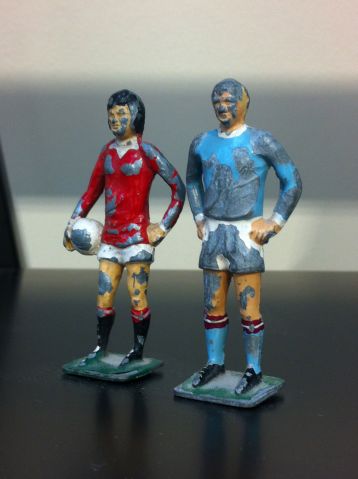Home. Or hame, as my Dad would say. A two week holiday with my family in Scotland is over and we’re back, trying to re-establish some sort of routine alongside the start of a new school term.
This year’s summer break turned out to be a trip of strong contrasts – from the manic world of Edinburgh’s Fringe Festival to the peace and tranquility of a visit to the Holy Isle, a small island off the coast of Arran – and back again, to a calmer, post-Festival Edinburgh.
Holy Isle is a short boat trip away from Arran’s Lamlash Bay. True to its reputation as a unique healing place, steeped in a long spiritual history dating back to the 6th century, the island made a real impact on me. It’s now owned by the Samye Ling Buddhist community and there are a series of day and residential programmes and retreats organised by them on the north of the island.
I’ve been thinking about the whole concept of silence a lot since my visit. Committing oneself to sustained periods of silence plays a strong role in the spiritual practice while on a Buddhist retreat – to the south of Holy Isle, there is a closed, private retreat where people go to stay for periods of up to three years at a time. I quite frequently fantasise about being in silent places – being silent, myself – hearing aids firmly switched off – enough of the constant chatter, both person to person and electronically.
I’ve been thinking about silence in relation to my creative work as well – how much I enjoy silence in the studio, for example – how much silence to exercise when presenting and talking about my work – silence versus engagement, especially when it comes to participatory work and working with an audience. Taking my 10×10 project to various locations has been a real learning curve in this respect – gauging when people want to interact and when they don’t; it’s not always clear.
Being silenced has found its way into my work in the past – through the physical act of tying black ribbons, gag-like, over the mouths of china figurine faces, for example – quite literally, silencing them – shutting them up.
Shutting myself up, too, perhaps?
I think probably, yes. Certainly, when I tied the ribbon gags over the mouths of the female figurines, I was conscious of what it meant. Not only was it a reference to how frequently women are silenced, their opinions counting for nothing – the gesture also demonstrated that some things are best left unsaid, best to keep shtum, however strongly you might feel.
Like so many things in life, it’s about finding a balance – finding a balance and keeping things in perspective. Which is what taking time out and getting away from it all is all about for me. I loved being on the Holy Isle in North Ayrshire – was completely mesmerised by the stillness and tranquility of what to me, is a very special place. And Ayrshire after all, is the birthplace of my beloved late Father, Alex.
I caught a glimpse of a newspaper article just before I left for Scotland in mid August, questioning the current safety levels for tourists visiting the Middle Eastern Holy Land. The irony of the reference to the term ‘holy’ hasn’t escaped me. I felt a million miles away from conflict or turmoil of any sort as I stood and read the various messages on a peace post – a million miles away from the chaos, the carnage and the disturbing images coming out of Gaza, as written about in my last post here.
Compare the news coverage and images of how that holy land has looked recently – wrecked, bomb shelled and utterly war ravaged – with the beauty of the peaceful, tranquil landscape of the beautiful Scottish Holy Isle.
This year’s summer break as I said, turned out to be one of strong contrasts.




